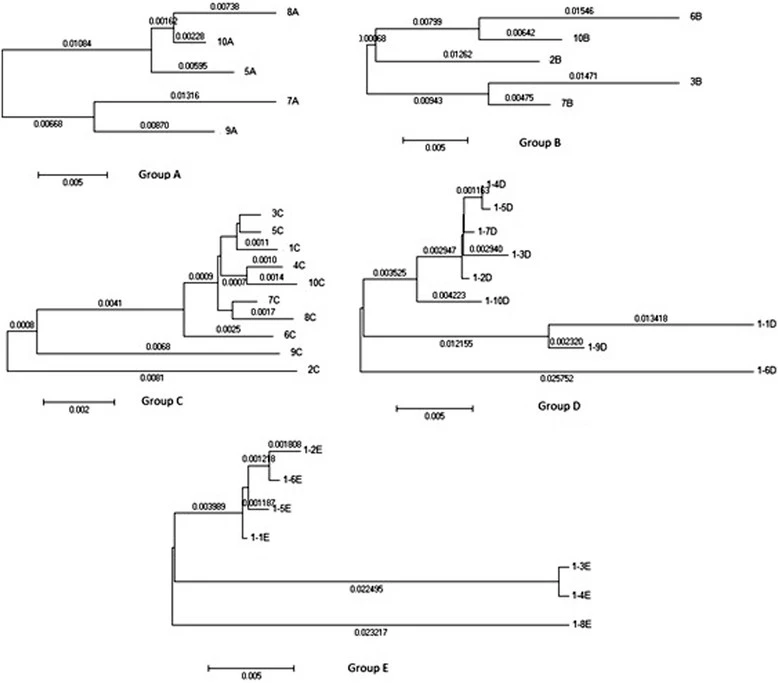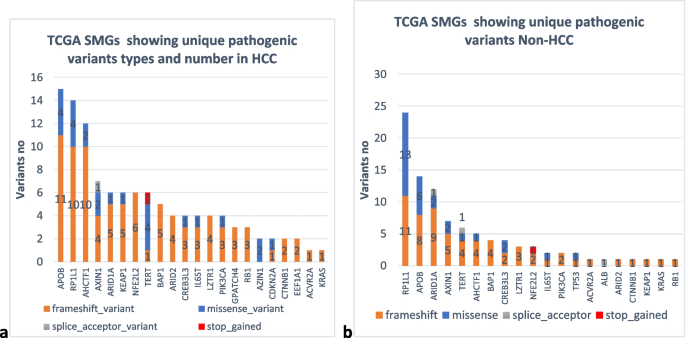

New insight into HCV E1/E2 region of genotype 4a
Introduction: Hepatitis C virus (HCV) genome contains two envelope proteins (E1 and E2) responsible for the virus entry into the cell. There is a substantial lack of sequences covering the full length of E1/E2 region for genotype 4. Our study aims at providing new sequences as well as characterizing the genetic divergence of the E1/E2 region of HCV 4a using our new sequences along with all publicly available datasets. Methods: The genomic segments covering the whole E1/E2 region were isolated from Egyptian HCV patients and sequenced. The resulting 36 sequences 36 were analyzed using sequence analysis techniques to study variability within and among hosts in the same time point. Furthermore, previously published HCV E1/E2 sequence datasets for genotype 4a were retrieved and categorized according to the geographical location and date of isolation and were used for further analysis of variability among Egyptian over a period of 15 years, also compared with non-Egyptian sequences to figure out region-specific variability. Results: Phylogenetic analysis of the new sequences has shown variability within the host and among different individuals in the same time point. Analysis of the 36 sequences along with the Egyptian sequences (254 sequences in E1 in the period from 1997 to 2010 and 8 E2 sequences in the period from 2006 to 2010) has shown temporal change over time. Analysis of the new HCV sequences with the non-Egyptian sequences (182 sequences in E1 and 155 sequences in the E2) has shown region specific variability. The molecular clock rate of E1 was estimated to be 5E-3 per site per year for Egyptian and 5.38E-3 for non-Egyptian. The clock rate of E2 was estimated to be 8.48E per site per year for Egyptian and 6.3E-3 for non-Egyptian. Conclusion: The results of this study support the high rate of evolution of the Egyptian HCV genotype 4a. It has also revealed significant level of genetic variability among sequences from different regions in the world. © 2015 Hussein et al.



